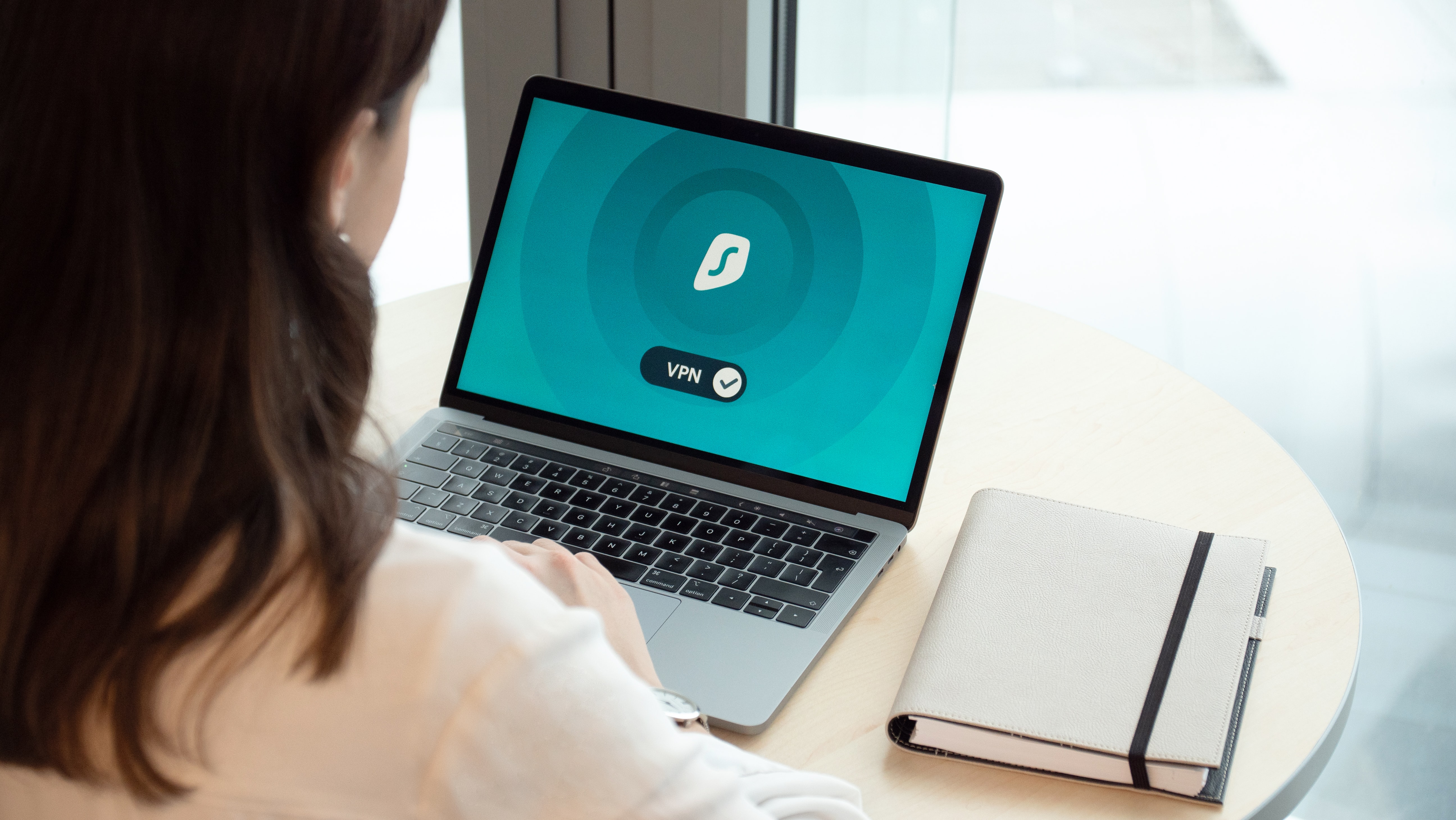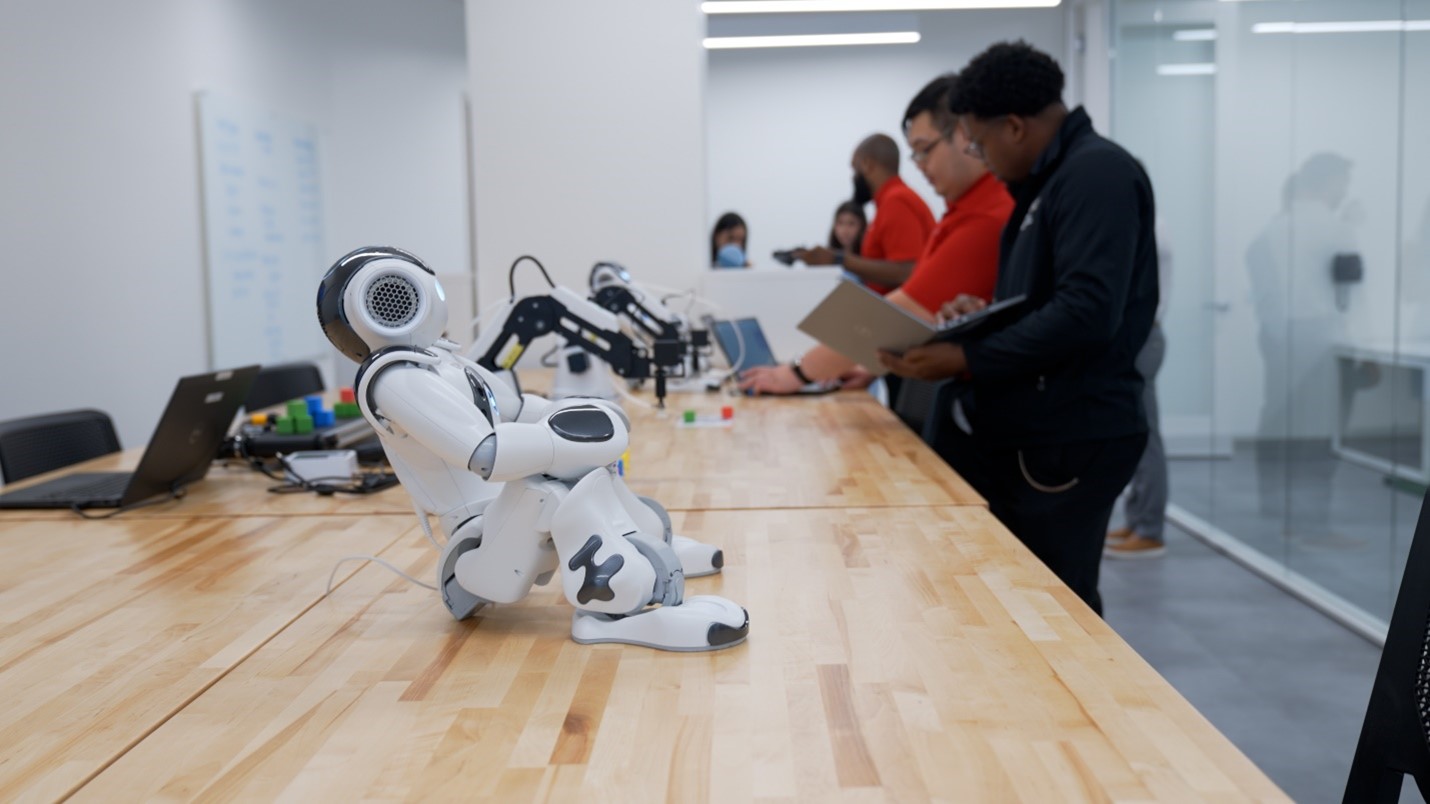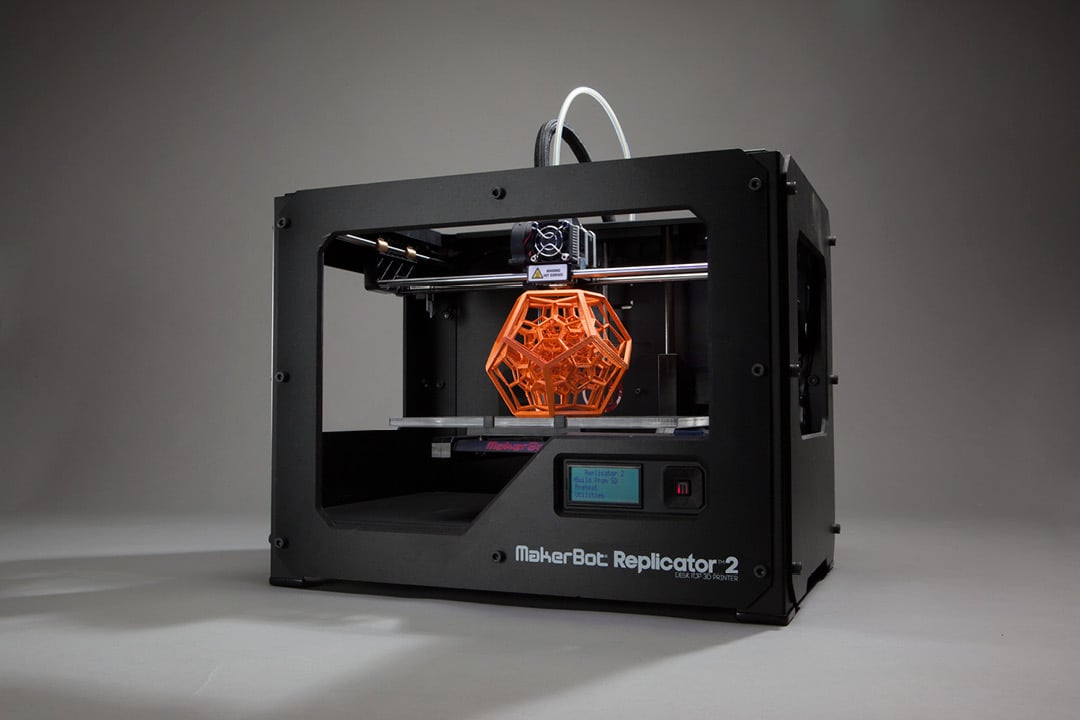Using Robotics to Teach About Cybersecurity
By Devin Partida Photo by Dan Nelson on Unsplash
Photo by Dan Nelson on Unsplash
Curricula must shift for educators to create a well-informed next generation of cybersecurity analysts. Though robotics is an umbrella containing many branches, K-12 teachers can use robotics to teach cybersecurity more effectively than other subjects.
- 0 Comments
- Oct 6, 2022 3:11:12 PM
- Posted by Maria Alejandra Calcetero
- Topics: EdTech, STEM, Education, Computer Science, 21st Century Classroom, School, Student Engagement, Middle School, High School, AI
How Crucial Is Artificial Intelligence to the Rise of Ed Tech?
By Ellie Poverly-jpg.jpeg?width=1920&name=possessed-photography-jIBMSMs4_kA-unsplash%20(002)-jpg.jpeg) Image Source: www.unsplash.com
Image Source: www.unsplash.com
Anyone in the education sector knows that new technologies are poised to revolutionize the traditional classroom.
In the past few years, educational institutions have adapted to a new normal brought about by the COVID-19 pandemic. Parents, students, teachers and administrators had to remain flexible, adjust to virtual learning environments and adopt new digital technologies to facilitate learning.
Although the industry is still reeling from the adverse effects of the pandemic, the global disruption sparked major growth in one relevant sector: education technology (ed tech).
A primary example of ed tech is artificial intelligence (AI), which has already proven itself as a highly useful, effective tool with various applications and benefits. How important is AI in supporting the rise of the ed tech market? Will more K-12 and secondary education institutions adopt AI-based solutions in the future?
- 0 Comments
- Sep 17, 2022 10:00:00 AM
- Posted by Mike Nardine
- Topics: EdTech, STEM, Education, Computer Science, 21st Century Classroom, School, Student Engagement, Middle School, High School, AI
The Alan B. Levan | NSU Broward Center of Innovation integrates a robotics AI LAB for entrepreneurs

The implementation of the lab will provide entrepreneurs with real world experience in robotics and artificial intelligence.
September 1st, 2022 – San Francisco, CA – The Alan B. Levan | NSU Broward Center of Innovation (“Levan Center”), in partnership with RobotLAB, the leading educational robotics company, partnered to build an artificial intelligence and robotics lab.
- 0 Comments
- Sep 1, 2022 11:11:55 AM
- Posted by Mike Nardine
- Topics: EdTech, STEM, Education, Computer Science, 21st Century Classroom, School, Student Engagement, Middle School, High School, AI
Feature a Teacher: NAO Assisting Students Across a Broad Spectrum
 Benjamin Durham is a science teacher at Lane Technical High School in Chicago who has been using NAO in Robotics 2 and Adaptive Robotics. In Robotics 2, an intermediate-level robotics class, students use both Choregraphe and Python to program NAO. Many of these students have aspirations of going into medical or social work, and wanted hands-on experience of what robots might be able to do in these fields.
Benjamin Durham is a science teacher at Lane Technical High School in Chicago who has been using NAO in Robotics 2 and Adaptive Robotics. In Robotics 2, an intermediate-level robotics class, students use both Choregraphe and Python to program NAO. Many of these students have aspirations of going into medical or social work, and wanted hands-on experience of what robots might be able to do in these fields.
- 0 Comments
- Apr 25, 2018 3:48:56 PM
- Posted by Chrissy Hoff Hudson
- Topics: Robotics, NAO, School, autism
Feature a Teacher: NAO Assisting Students Across a Broad Spectrum
 Benjamin Durham is a science teacher at Lane Technical High School in Chicago who has been using NAO in Robotics 2 and Adaptive Robotics. In Robotics 2, an intermediate-level robotics class, students use both Choregraphe and Python to program NAO. Many of these students have aspirations of going into medical or social work, and wanted hands-on experience of what robots might be able to do in these fields.
Benjamin Durham is a science teacher at Lane Technical High School in Chicago who has been using NAO in Robotics 2 and Adaptive Robotics. In Robotics 2, an intermediate-level robotics class, students use both Choregraphe and Python to program NAO. Many of these students have aspirations of going into medical or social work, and wanted hands-on experience of what robots might be able to do in these fields.
- 0 Comments
- Sep 29, 2016 9:30:41 PM
- Posted by Chrissy Hoff Hudson
- Topics: Robotics, NAO, School, autism
What is Blockly?
When I first heard the term “blockly” I thought I’d heard “broccoli” and I remembered a comment made by the first President Bush when he came under fire from the dietary fascists for reportedly banning broccoli from the White House:
- 0 Comments
- Jun 17, 2016 3:59:35 PM
- Posted by Mike Nardine
- Topics: STEM, School, Kindergarten
Bringing the MakerBot 3d Printer into the Classroom

- 0 Comments
- May 5, 2014 9:11:00 PM
3d printing in education in Japan
Hey! Here is some good news: the Japanese government thinks it has to play catch-up to the United States in at least one area of manufacturing technology, 3D printers. After a lifetime of hearing about the supposed superiority of Japan in all things manufacturing--I’m driving a Subaru; how about you?--it’s great at last to find something about American manufacturing worth emulating.
Even more important, it’s great to realize that we Americans are doing something right in our schools--intending to furnish every single one of them with 3D printers. The determinative word in that last phrase is “intending;” we still have a long way to go before we can claim victory.
This wonderful new technology, as President Obama said in his 2013 State of the Union speech, “... has the potential to revolutionize the way we make almost everything. The next industrial revolution in manufacturing will happen in America.” Of course the Japanese would prefer that the revolution start there!
- 0 Comments
- Apr 28, 2014 1:30:00 PM
Makerbot 3d printing in schools
Math teachers, science teachers and engineering teachers, are you looking for a way to make your beloved disciplines more relevant to your students? Maybe even inspire a few to love them the way you do? Well, right now there is affordable new technology out there that can help you do just that! The Makerbot 3D printer and STEM BOT 3D CLASS from our own RobotsLAB.
StemBot 3D program that teaches students how to 3D print a robot, assemble it, work on the electronics, and finally program it.
Actually, 3D printers have been around since the 1980’s, but they were massive and super-expensive like the first-generation computers. Only in the last few years have they shrunk in size and dropped in price to where individual households and schools could afford them.
- 0 Comments
- Apr 22, 2014 12:30:00 PM
Robots in Pre-Calculus

As part of a school wide implementation of Problem based Learning (PBL), the pre-calculus classes at Sammamish High school in Bellevue, WA used robots to teach math. The prompt was simple, “What pre-calculus level math lesson could you teach using one of the robots we have?” The work produced was amazing!
First the students were given the opportunity to play with the robots and see how they worked. They had access to all four of the robots from the RobotsLAB kit: Sphero – a small robotic ball, ArmBot – a mechanical arm that can pick objects up, Mobot – a rover that moves with precision, and a quadcopter AR.Drone. Students also had access to an additional robot, LinkBot – two rover bots who could be programmed to mimic each other. After students investigated each robot, they selected one robot to use as a tool to teach a pre-calculus level lesson. Students had the option of choosing a topic they had already studied or choosing a topic they had yet to study.
- 0 Comments
- Apr 21, 2014 10:00:00 AM
Relevant Posts
Popular Posts
Subscribe to Email Updates
-
I Want To Learn MoreADDITIONAL INFORMATION


